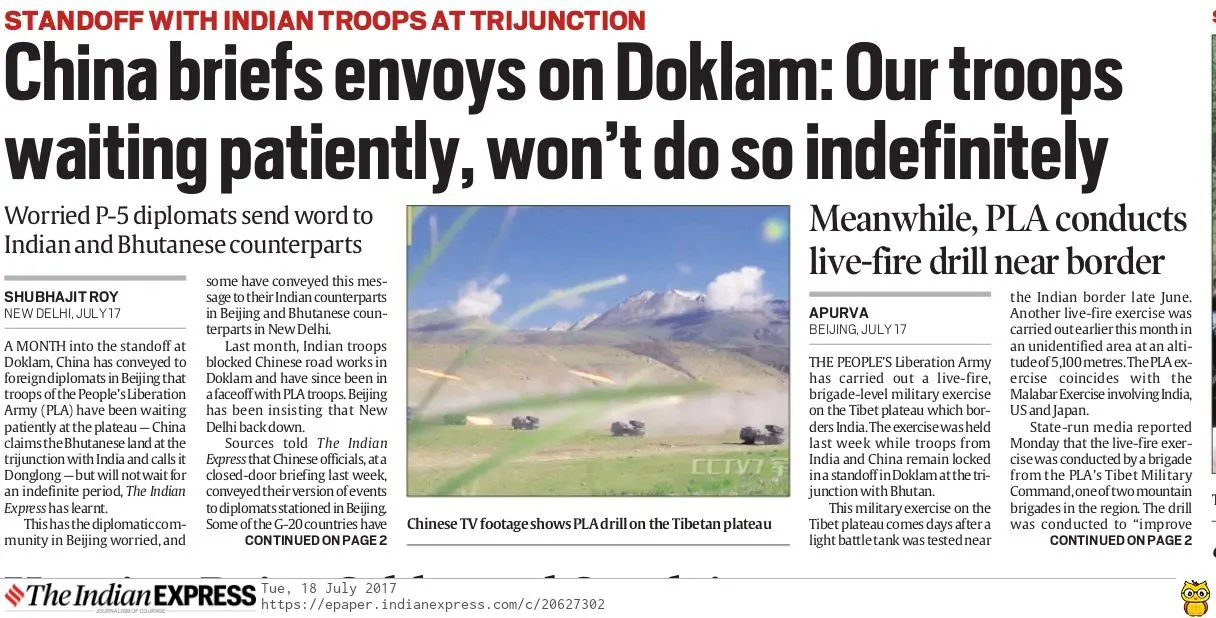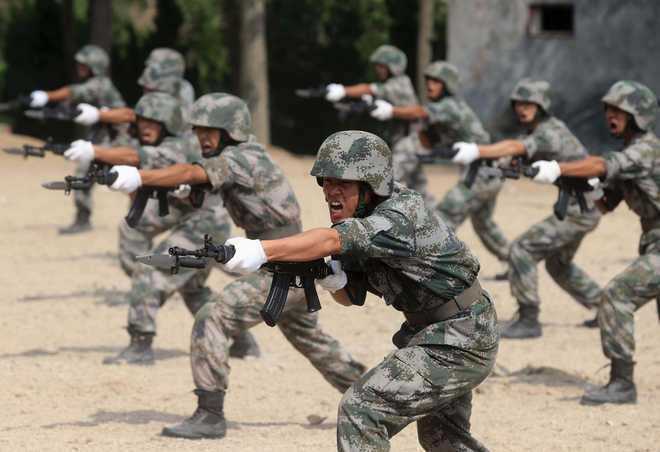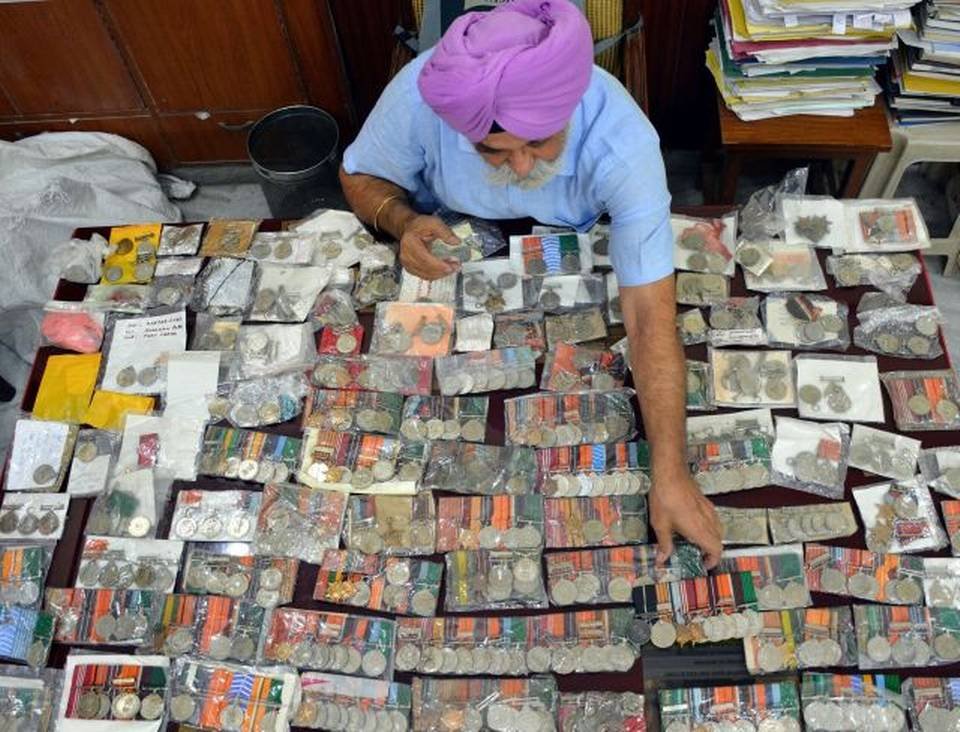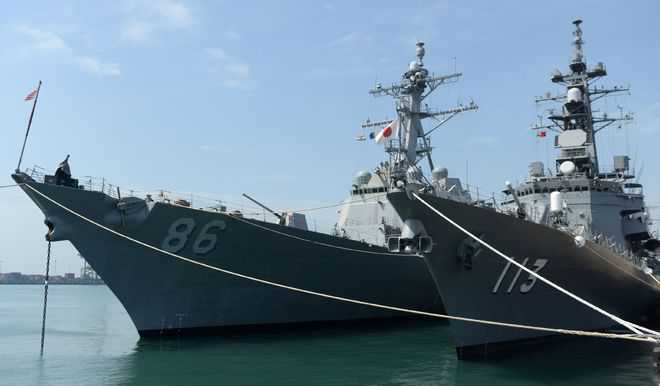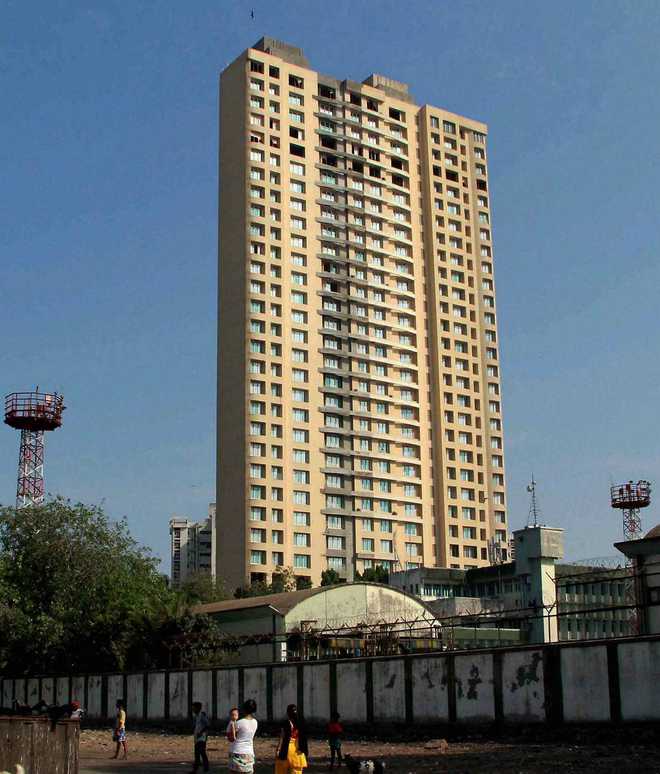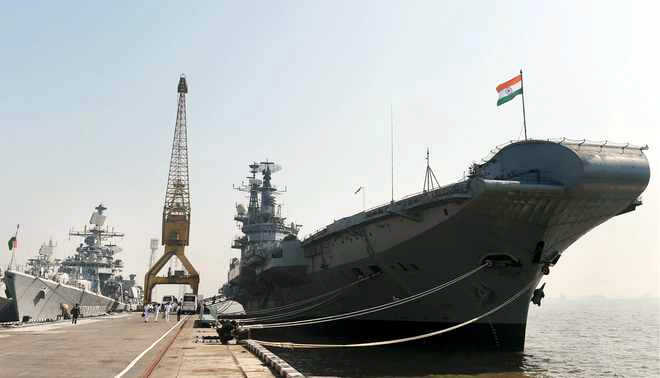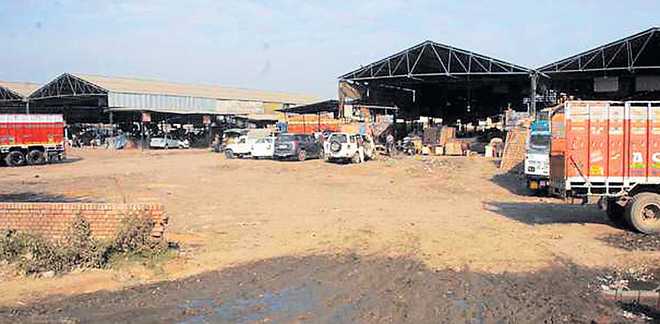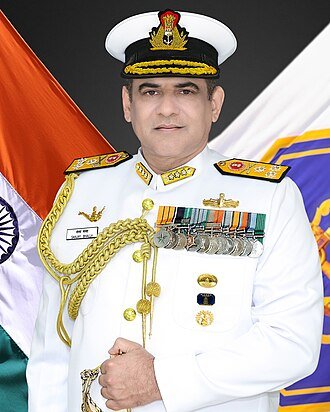There was a time when hostilities had not marred the pristine beauty of the landscape. With the recent month-long India-China impasse, the areas of Doklam plateau, Dokala, trijunction in east Sikkim and the Chicken’s neck-Siliguri corridor have been in the news for all the wrong reasons.

TOUGH TERRAIN: The belligerence between two big neighbours calls for tough diplomacy
Brig Jasbir Singh Bawa (retd)MY mind goes back to the “Hindi-Chini bhai-bhai” days of friendship at Dokala in 1990-1991. As the Company Commander at Dokala, I was the presiding deity for friendly Chinese patrols once a quarter or so. That was a period of peace on the tactical surface that let you enjoy the sheer beauty of Dokala and the freedom of an independent command. On my return from a posting abroad, I had the fortune of going back to command my old company, “Delta,” at that time deployed at Dokala. This is fortunate for those of us who return to the unit after an outing. I had christened the Company as “Sher Company” and men were “Sher ka Bachcha”— surreptitiously borrowed from the much-revered, late Papa Pande, our ex-Colonel of the regiment. Getting back to Sher Company was indeed a cause for much joy. The men were happy to see me again for we shared a very healthy rapport. I was fortunate to have my Company 2IC Sub Indra Bahadur still in the chair but a lot of the senior NCOs had moved away on posting or had retired. It was a great feeling to see the young sepoys and NCOs one had tutored and mentored, take up varying positions of responsibility with confidence and pride. Dokala was the abode of an exceptionally happy family on the eastern-most tip of east Sikkim that descended sharply to the Jaldhaka wildlife sanctuary thence to the Siliguri corridor. Dokala, the most beautiful area in all of east Sikkim, is a lush green meadow in sharp contrast to the surrounding countryside that is characterised by jagged and rocky ridgelines without a blade of grass for miles together. Significantly lower in altitude than the Batangla-Nathula ridge line, Dokala is approximately a two-km-long pass with a width varying from 150 to about 400 m. The Sher Company was deployed at its north-western base. The meadow is green except during the four winter months. Almost through the year, the green turf of the meadow is interspersed with clumps of wild flowers. Wild blue poppy, small rhododendrons and numerous tubular flowers add to the kaleidoscope of daisies in white, yellow, shades of red and blue. I have enjoyed many a walk with my trusted buddy and radio operator on the soft surface of Dokala, on our way up and down the formidable Gamochin Peak which dominates the pass from the south. Gamochin, a huge rocky feature, towers over the neighbouring heights and Dokala. The climb to Gamochin is a sheer wall and can only be negotiated by fixed rope — a challenge even for seasoned climbers. Troops deployed on the feature would welcome us with hot pakoras to be downed with a drink of warm jam water and glucose. As you regain your breath after the gruelling climb, the reality of scaling an impossible-looking massif sinks in. The view from its top is mesmerising. On a clear day you could catch the Kanchenjunga in all its glory, with just a speck of cloud covering the summit. Come winters and the ascent on snow and ice walls gets toughe,r while coming down is sheer ecstasy thanks to the innovative snow slides that the Rhinoboys would develop. Any talk of the area would be incomplete without mention of the mighty Kanchenjunga. The Company Commander’s hut at Dokala is designed to host senior visiting officers should they get stuck due to the savagery of weather. It has huge perplex glass windows on three sides, with a breathtaking view of the mother of all Himalayan peaks. At day break on clear winter mornings the crimson glow that drapes the eastern slope of mount Kanchenchenga, the sight transports you to another world. The colours gradually change from a riveting deep crimson to orange to golden yellow, seamlessly meshing into each other as dawn gives way to a fresh bright day. Hold your breath, the full moon nights at Dokala were also so special. The Kanchenchenga looked more than glorious while the snowy shine of the majestic Gamochin would be complemented by a seemingly endless silver sheen on Dokala. Many such nights were spent by a bonfire, memories of which refuse to fade. There was a routine patrol that we would send to the trijunction then down to the Jaldhaka, circuit the base of our deployment, eventually to emerge at the northern entrance of Dokala. This meant climbing about 1,000 feet from the post, going down a steep descent to a height of about 4,000 feet and again climbing up to 11,500 ft or so getting back to Dokala. The distance covered was approx 15 kilometre. The bulk of the area fell within the Jaldhaka wildlife sanctuary. In keeping with a compulsive tribal trait, a large number of animal traps were set up by the Sher ka bachcha in this area before it was declared a sanctuary. There would always be a rush of volunteers for this tri-weekly patrol and understandably so — the boys would reap the fruits of their labour returning with plenty of small game caught in the traps. These patrols would generally get back in the late afternoon to a hero’s welcome, particularly so on Saturdays for that meant a big bonfire, generous drinking and endless kahanis and singing by the guitar and makeshift degchi drums followed by a feast for dinner. The Sher ka bachchas — driven very hard on training, keeping watch, patrolling and negotiating tough climbs to fetch stores and rations through the week —looked forward to their Saturday party. That was also the evening when Sher Company would open its liquor chest and come alive. Soon after dusk, Dokala would witness rising flames of the bonfire and reverberate to peppy song and music. Those were dreamlike days that I would love to relive. The reality however lies in the increasing belligerence between the two big neighbours. That calls for tough diplomacy, difficult options and a strong military response that is thoroughly vetted for implications from the sub-tactical to the strategic. The response must hinge on deft diplomacy but has to be holistic with carefully orchestrated synergy between the stakeholders.The writer, an Infantry veteran, was the Company Commander at Dokala in the early 1990s.








